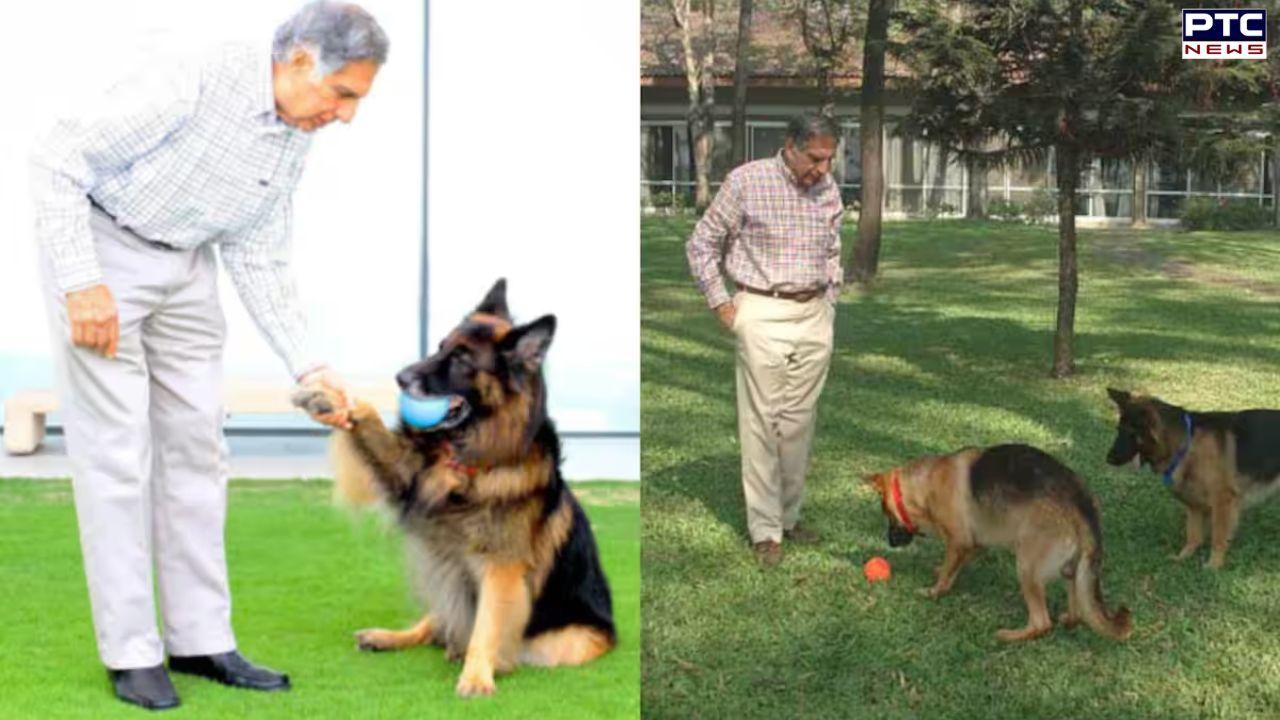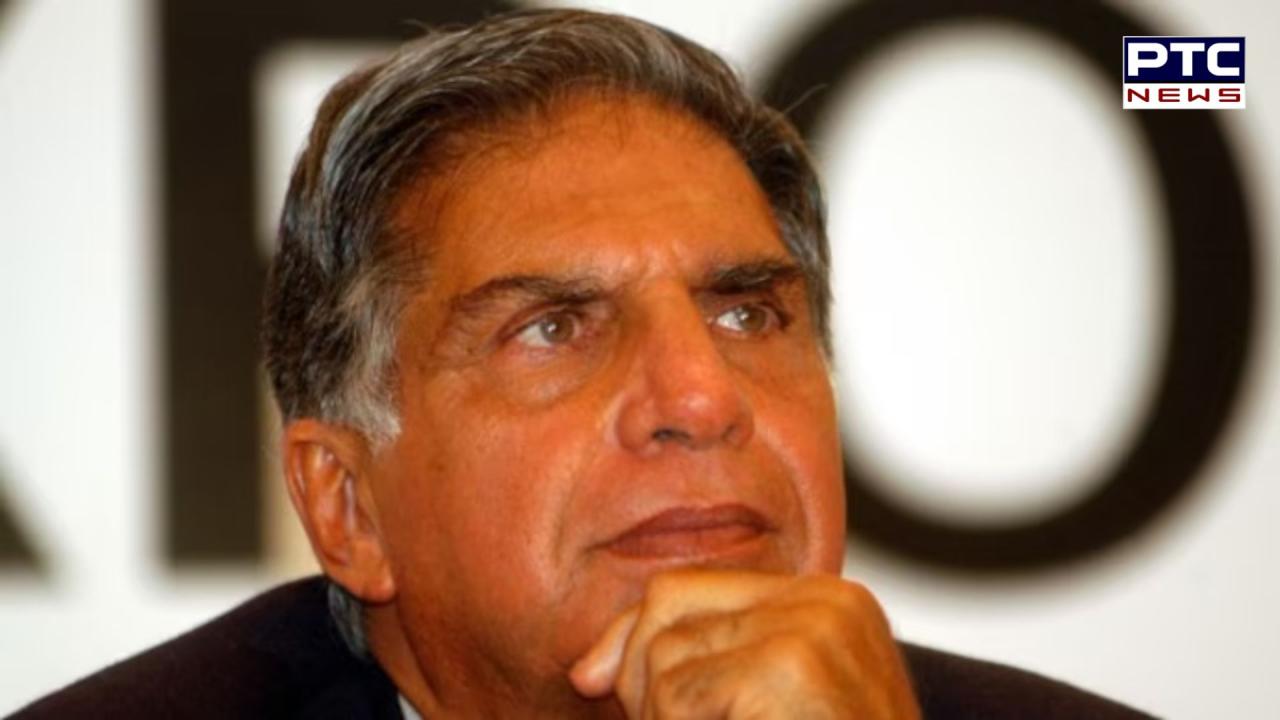Ratan Tata: Why revered industrialists last rites were not held as per traditional Parsi customs?
Globally, Parsi population ranges between 1,50,000 to 2,00,000, with about 60,000 to 70,000 residing in India, and nearly 40,000 to 45,000 in Mumbai alone

PTC Web Desk: Ratan Tata, the revered industrialist, passed away at the age of 86 on October 9. Unlike traditional Parsi customs, which involve sky burials, it was decided that Ratan Tata's last rites will be conducted through cremation.
As part of the final rites, the body was first placed in the prayer hall, where Parsi prayers was recited. Following this, a cloth was placed over his face while the first chapter of ‘Ahnaveti,’ a prayer for peace, was read.
Parsis have a unique and ancient tradition for funerals. Typically, Parsi funerals involve a “Dokhmenashini” process, where the deceased are left in the open in a structure called the ‘Tower of Silence,’ or Dakhma, where birds like vultures consume the remains. This method, known as "sky burial," has been in practice for around 3,000 years. However, the declining vulture population has posed challenges for this traditional practice, leading to the emergence of alternatives like burial or cremation for the community.
The Parsi community’s origins trace back to Persia, present-day Iran, where they faced religious persecution after the fall of the Sasanian Empire to Arab forces in 641 AD. Seeking refuge, a group of Parsis fled to India around the 7th century, first settling on the island of Diu before making their way to Gujarat’s coastal region, Sanjan. Here, they were granted permission to stay by the local ruler, Jadhav Rana, under specific conditions, and thus began the establishment of a small Parsi settlement.
Over the centuries, the Parsi community in India has become known for its education and wealth, contributing significantly to the country's development. The community has also played a prominent role in India's struggle for independence, with figures like Dadabhai Naoroji, Pherozeshah Mehta and Bhikaiji Cama being notable examples.
Globally, the Parsi population ranges between 1,50,000 to 2,00,000 people, with about 60,000 to 70,000 residing in India, and nearly 40,000 to 45,000 in Mumbai alone. During the 1940s, India’s Parsi population was around 1,00,000, but by 2011, it had dwindled to 60,000. It is projected that by 2050, the community’s population could decrease further to around 40,000.
Traditionally, Mumbai's Parsi community relied on the 'Towers of Silence' for funerals. However, with the decline in the vulture population, this practice has become challenging. Today, Parsis in Mumbai have three main options for funerals: the traditional Dokhmenashini, burial, or cremation. Ratan Tata's funeral, following the example of industrialist Cyrus Mistry’s in 2022, will follow the cremation method at the Worli crematorium.

The adoption of alternative funerary practices has faced resistance from some conservative sections of the Parsi community. For instance, only those opting for the Dokhmenashini are permitted to conduct prayers at the Towers of Silence prayer hall, while those choosing burial or cremation have been denied access to these prayer services. Additionally, two Parsi priests who supported cremation and burial practices were barred from entering the Towers of Silence prayer hall.
The provision for alternative funerary options for Mumbai’s Parsis dates back to the 1980s, thanks in part to the efforts of JRD Tata. After the passing of his brother, BRD Tata, JRD approached then-Municipal Commissioner Jamshed Kanga for advice on suitable cremation sites in Mumbai, given the number of dignitaries expected to attend. At that time, many crematoriums in the city were either closed for renovations or in disrepair. Kanga managed to prepare a cremation ground in Dadar, but the experience highlighted the need for better facilities.
Recognising this need, JRD Tata and other prominent Parsis initiated efforts to create a dedicated prayer hall at Worli, aiming to offer a respectful alternative for those preferring burial or cremation over the traditional Dokhmenashini. This led to the establishment of the prayer hall at Worli, although the broader acceptance of alternative funeral methods took time and met with opposition from some conservative factions within the Parsi community.
In 2015, a group of Parsis collaborated with the Mumbai Municipal Corporation to build a crematorium for the community at Worli, marking a shift in the way funerals were conducted in the city.
Ratan Tata’s passing marks the end of an era for the Parsi community and the nation. Under his leadership, the Tata Group emerged as one of India's most respected conglomerates. Beyond his industrial achievements, Ratan Tata has been a symbol of integrity, philanthropy, and visionary leadership.
